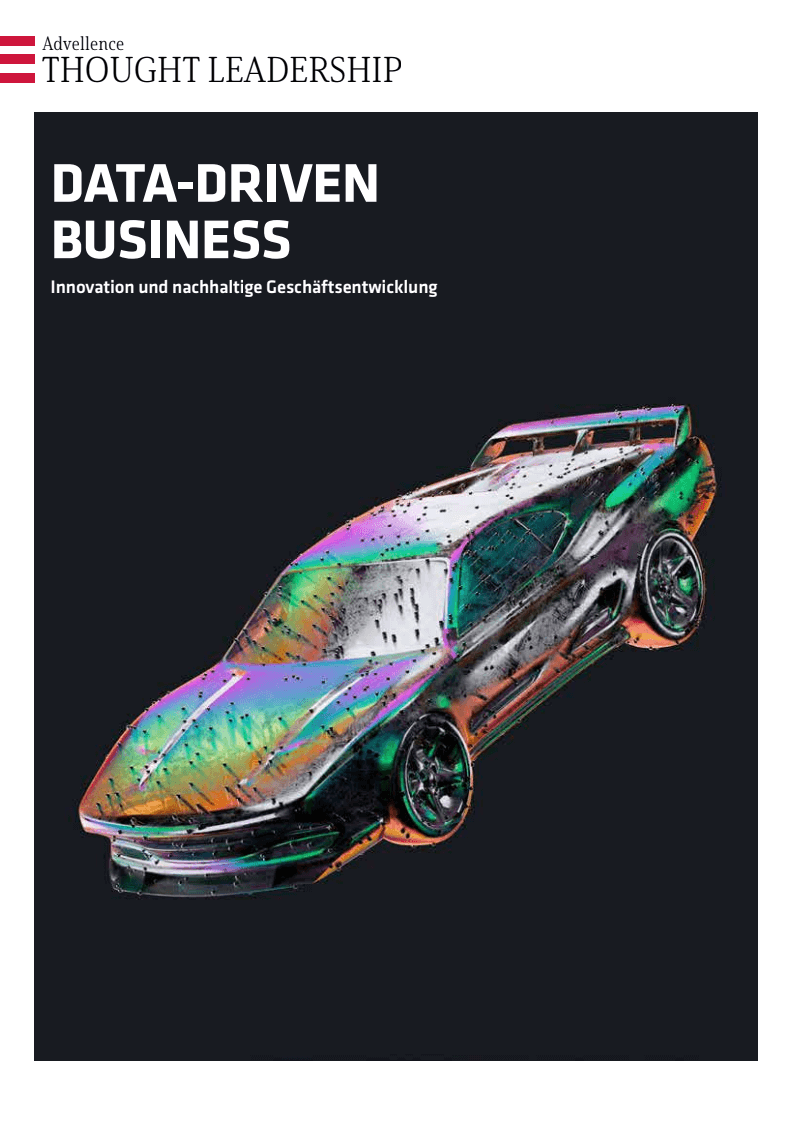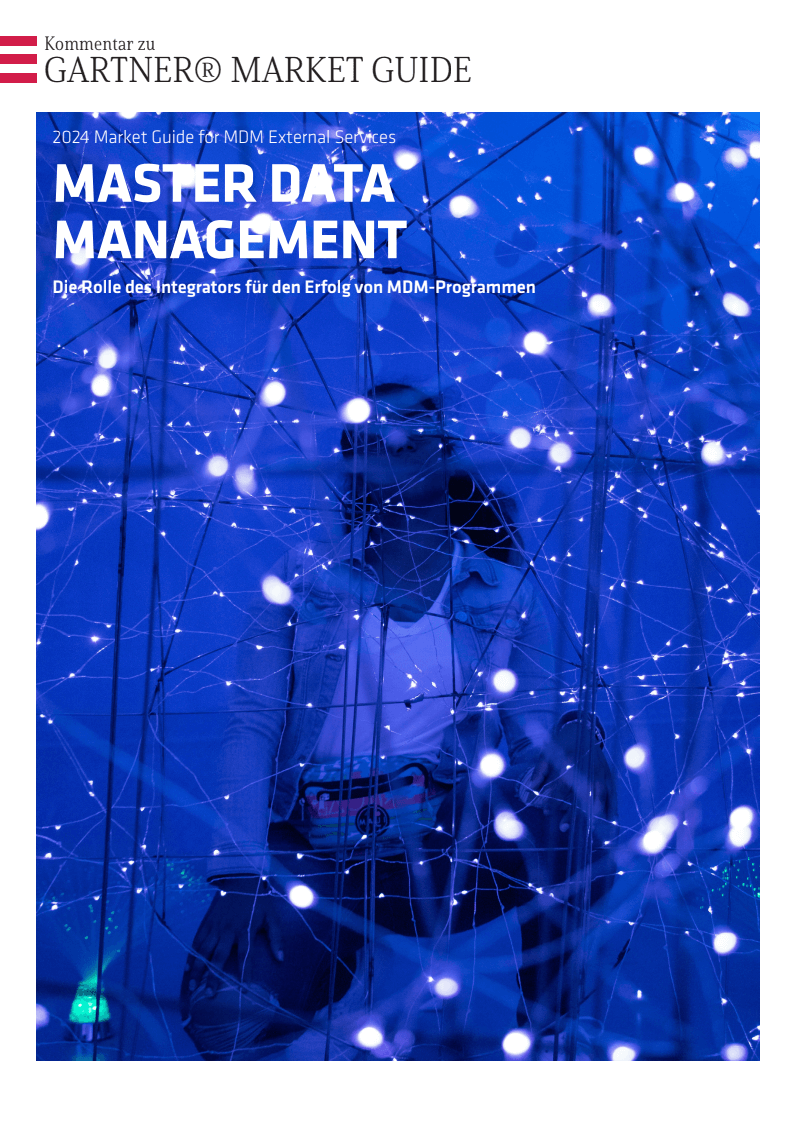Data-Driven Business
Innovation and sustainable business development


Even though the term data-driven organisation seems to be on everyone's lips these days, the concept itself is not new. Decisions have always been made on the basis of information. However, the extent of information availability and thus also the quality of decision-making have reached a new level in today's networked business world. A business decision can only ever be as good as the data on which it is based. Any gap in information distorts the reality presented and, in the worst case, can lead to wrong decisions and thus to a whole series of risks.
With the increasing digitisation of business processes, more and more data is being generated in individual domains. Enterprise technologies such as product information management (PIM), digital asset management (DAM), master data management (MDM), customer relationship management (CRM) and enterprise resource planning (ERP) collect and manage this data in a central location, theoretically providing an optimal basis for the formation of a data-driven organisation.
In reality, however, various problems often prevent companies from exploiting this potential. On the one hand, different data quality levels often prevail in the individual systems and, on the other hand, in many cases neither the processes nor the system integration allow for effective networking and use of the information. In this paper, we therefore address the question of how a data-driven organisation is structured and what steps are necessary to become one.
E-Paper
Download (German)

More E-Papers
Discover how we solve our customers' challenges with data, processes and organisation in partnership with the Advantage of Excellence.





